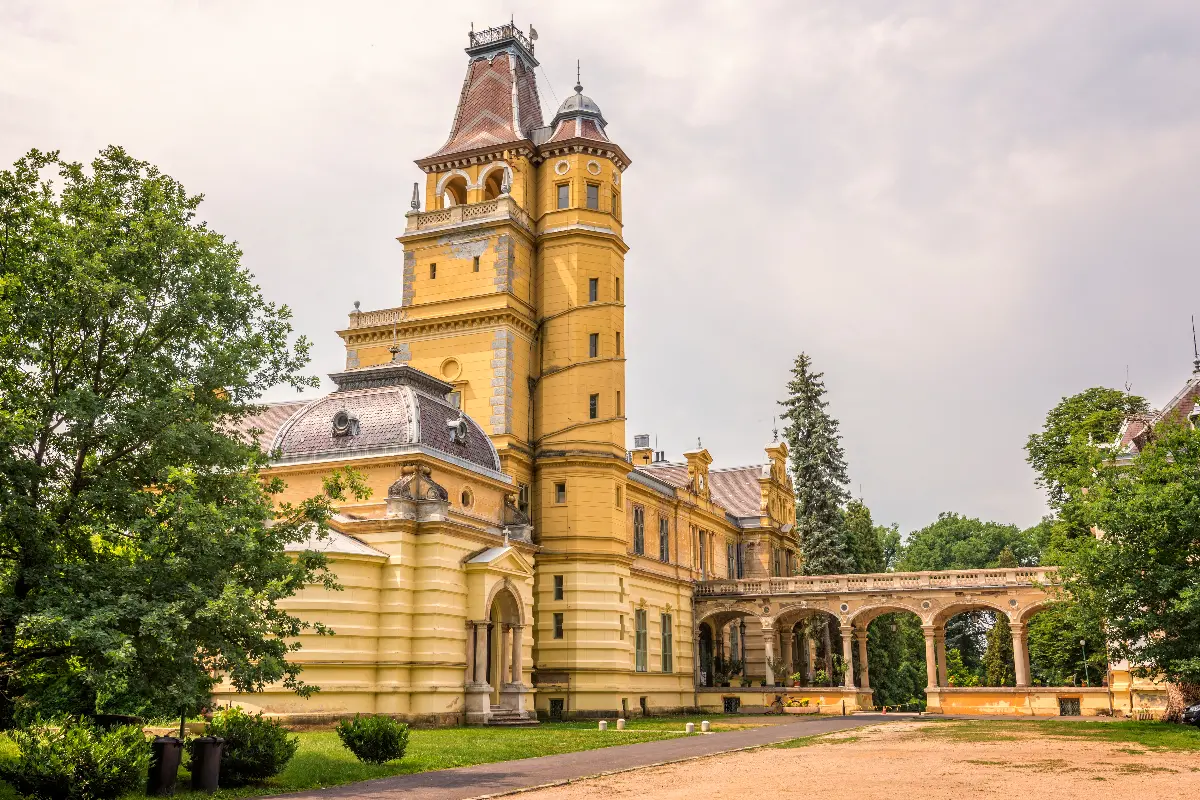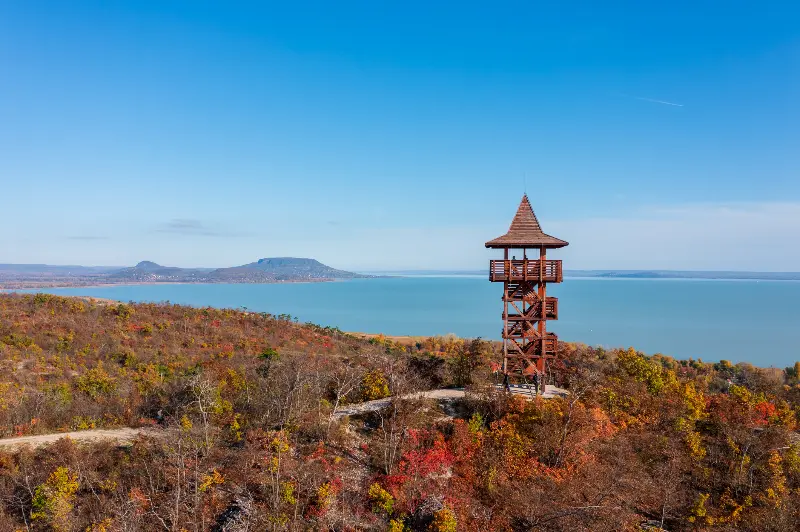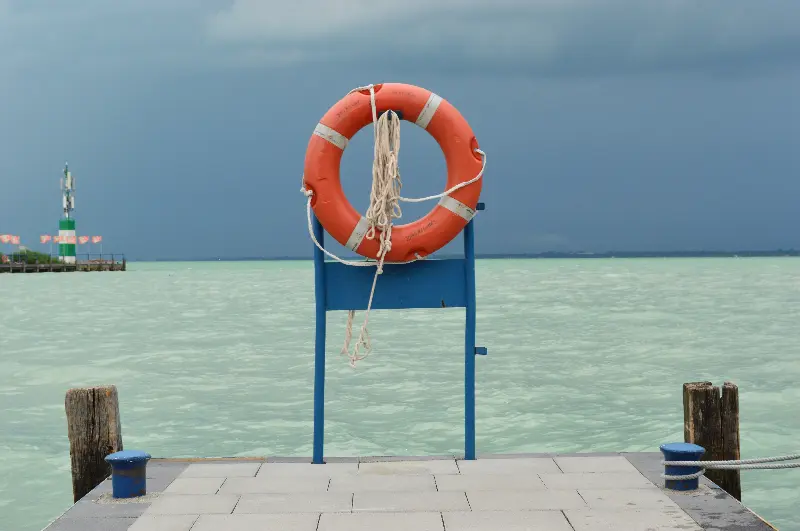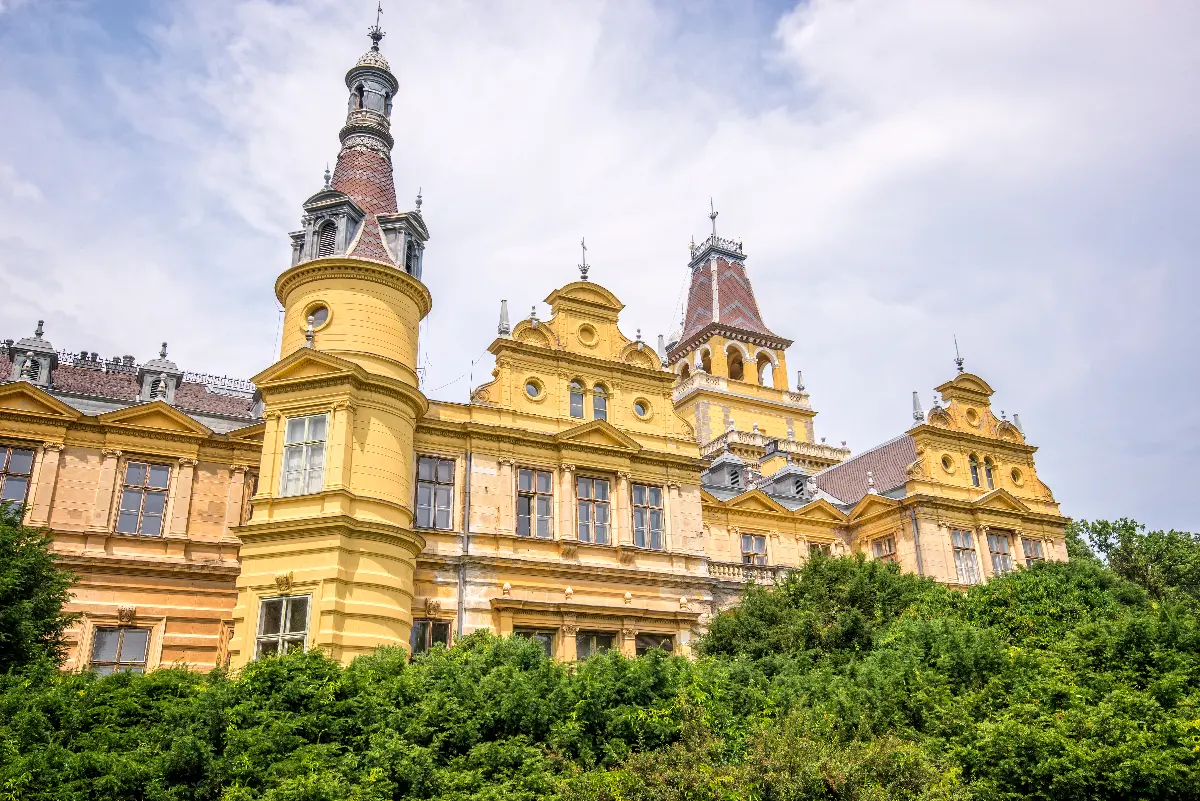
Helyszín címkék:
Visiting the palace in the Puszta: the Wenckheim manor house in Szabadkígyós
Hegedüs Robi
The Wenckheims in Kígyós
The manor of the Wenckheim family in Kígyós was flourished by József Antal Wenckheim, born in 1780, who built a small castle here around 1810. After the deaths of his first two wives, the elderly count began courting his housekeeper lady’s 22-year-old daughter, Krisztina Scherz, when he was approaching his seventieth birthday. They married in 1847, and two years later their only child, Krisztina Anna Mária Regina Wenckheim, was born.
Her fate was tragic: her mother died shortly after giving birth and her father followed his beloved wife three years later. Krisztina was left with one of the largest manors in the country; it was at this time that she began to be referred to as “the richest orphan”. In 1872 she married her cousin, Frigyes Wenckheim. Together, they asked the country’s best-known architect, Miklós Ybl, who was working on the Opera House and the Castle Garden Bazaar at the time, to design a new family home for them in Szabadkígyós. By 1879, the result was one of the largest and most lavishly decorated castles in the country.
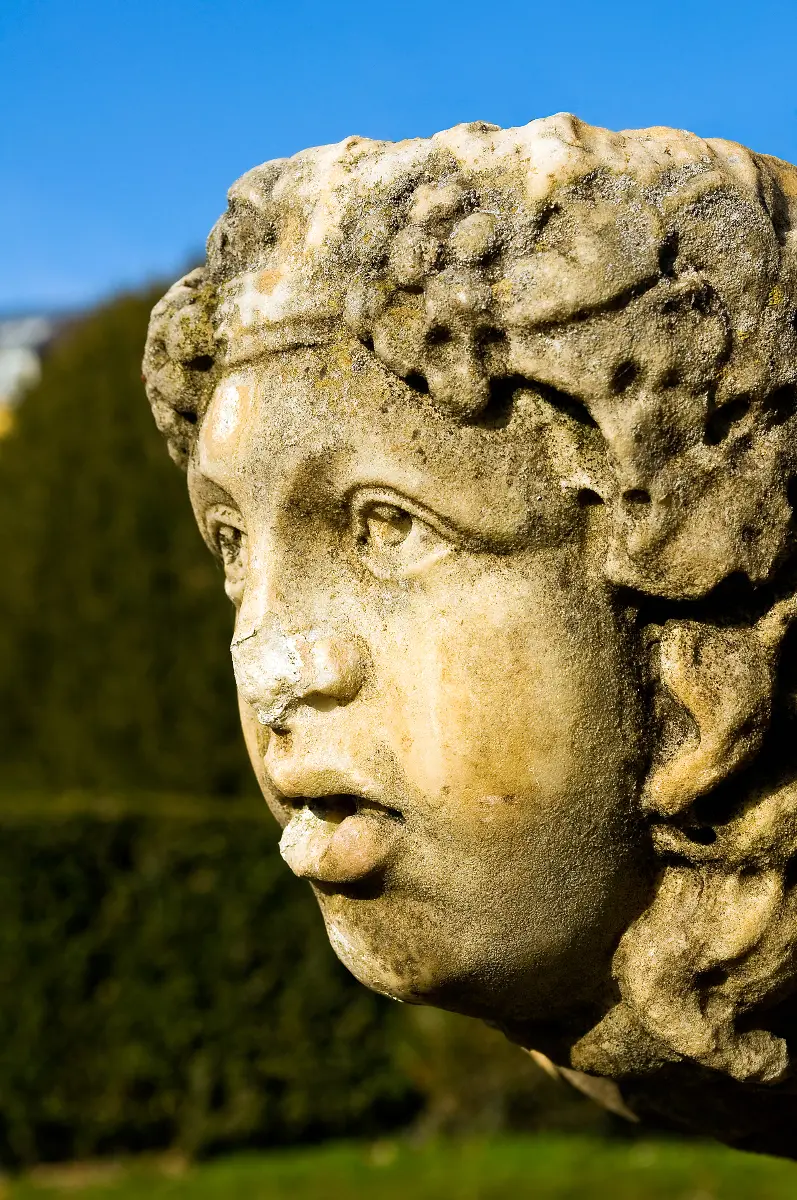
War and renewal
The Wenckheim family lived in the castle until 1944, when they fled to escape the approaching Red Army. After the war, an agricultural college moved into the building. Thanks to the care of the teaching staff, most of the built-in furniture, the light fittings and the chapel furniture have survived the decades in their original places. The extensive renovation started in 2018 thanks to the National Castle Programme.
From spring 2022, the castle is open to visitors again.
The restoration has been carried out with the aim of preserving the Ybl-era state of the building – so today it feels like we have arrived at the home of Krisztina and Frigyes. You can also learn about the daily lives of the hosts and the staff who serve them. Running a castle of this size was not an easy task, even though the Wenckheims usually spent the winter months in their palace in Budapest (now the central branch of the Ervin Szabó Library of Budapest), and only moved to Kígyós for the summer.
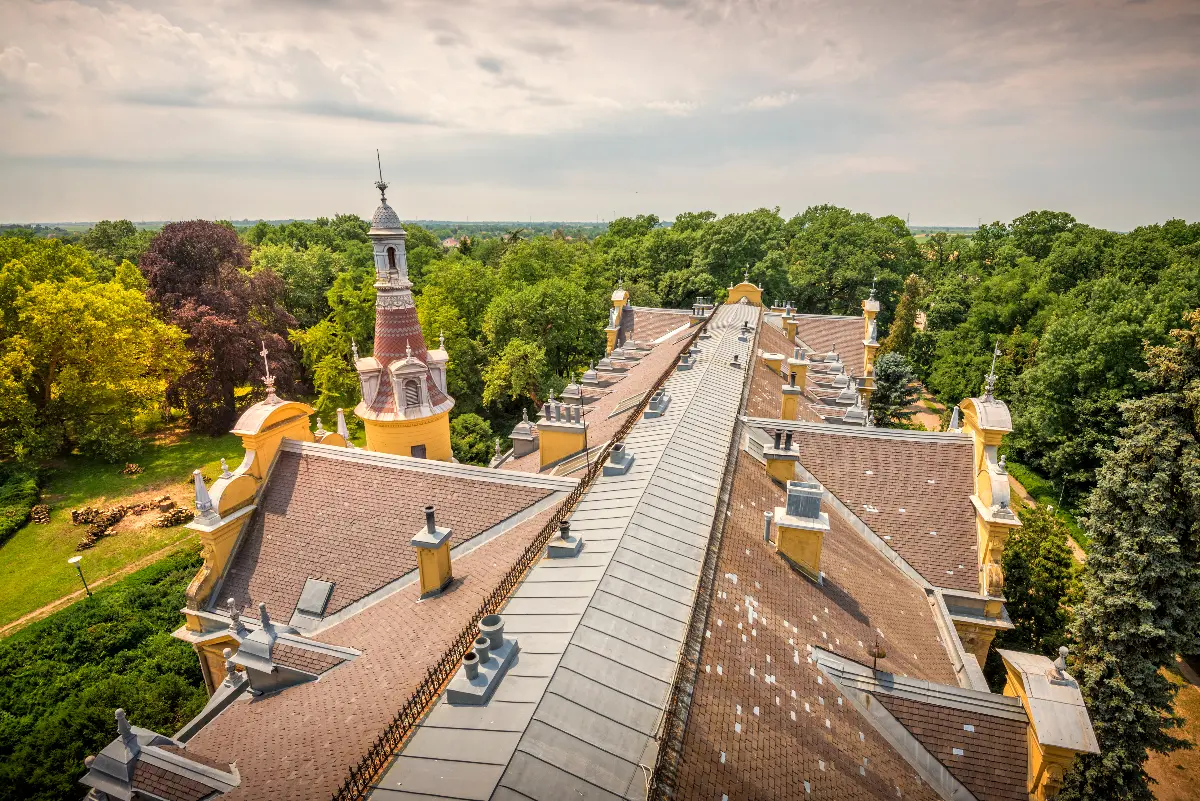
A noble home in the 21st century
In its present state, the castle is an exciting mix
of 19th century materials, finishes and textures mixed with 21st century elements for a 21st century experience. Perhaps the most striking original detail is the recessed bathtub in the floor of Krisztina’s bathroom, which was discovered during the renovations. Even the chandelier hanging above it is original! Although you can’t take a bath, you can feel like a guest of the Wenckheims in the former grand dining room, which has now become the “Krisztina Café”. A must-try is the “Wenckheim Napocska” (Wenckheim Sun), a honey-mascarpone cake that can only be tasted here in the whole country.
The building offers an exciting contrast between the reticent, minimalist contemporary furnishings and the contemporary interior. The illusion is complete in the most important historical spaces. The most beautiful interior is the regal library, with its Slavonian oak furniture and ceiling, and huge wrought-iron chandelier. The original foundation stone of the building, on which the names of Frigyes Wenckheim and Krisztina Wenckheim can still be read, was also placed out here. Some of the hundreds of volumes lining the shelves were originally waiting for readers here.

The two centuries are linked by the experience of the last room: here you can put on typical 19th century clothes and have a stereotype photo taken of yourself as György Klösz did of everyday life in Hungary at the time of the castle’s construction. It is thanks to him, by the way, that we know many of the Ybl-era interiors – these photographs served as a model for the current restoration.
Splendour inside and out
The walls of the castle have now been restored to their original stone-like colour, and the original decorations have been returned to the roof. The main building floor and the adjacent kitchen wing will be renovated in the next phase of the reconstruction works. The interiors still offer plenty to enjoy – and it is worth taking a long stroll through the gardens, where the trimmed bushes, flowerbeds and fountains are back to their pre-war glory.
